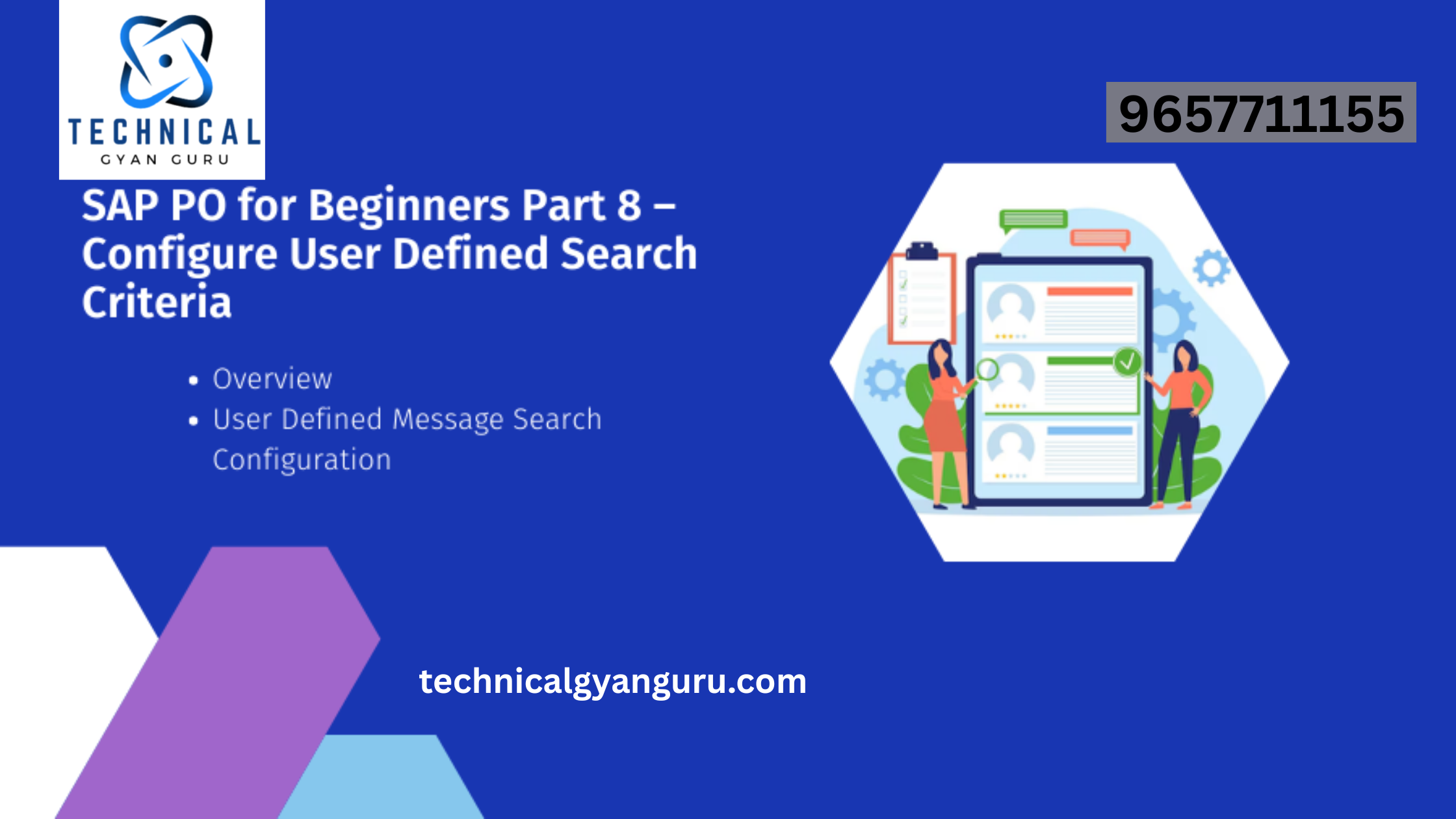Introduction: SAP BPC Transaction Codes
SAP BPC Transaction Codes: SAP Business Planning and Consolidation (BPC) is a comprehensive solution that empowers organizations to streamline their budgeting, planning, and financial consolidation processes. To efficiently navigate and manage SAP BPC, users rely on transaction codes—shortcuts that simplify access to specific functionalities. In this blog, we’ll explore essential SAP BPC transaction codes, providing users with a guide to enhance their experience and optimize financial processes.
1. UJA_DATA_CHECKER – Data Checker:
Data integrity is paramount in financial planning, and UJA_DATA_CHECKER is a crucial transaction code in SAP BPC. It allows users to validate and check the consistency of data, ensuring accuracy and reliability in the planning and consolidation processes.
2. UJFS – Data Manager:
Data Manager is a versatile tool in SAP BPC, and the UJFS transaction code provides access to its functionalities. Users can leverage Data Manager to load, transform, and manipulate data, facilitating seamless integration with various source systems.
3. UJBR – Backup and Restore:
Data security is a top priority, and the UJBR transaction code is instrumental in managing backup and restore operations in SAP BPC. It allows users to safeguard critical financial data, providing a safety net in case of unforeseen issues.
4. UJ1B – BPC Web Client:
The BPC Web Client is a user-friendly interface for accessing SAP BPC functionalities, and UJ1B is the transaction code that leads users to this interface. It provides a browser-based platform for planning, budgeting, and reporting.
5. UJKT – Data Manager Packages:
To streamline and automate data management tasks, users can turn to the UJKT transaction code. It provides access to Data Manager Packages, allowing users to create and execute packages for data loading, transformation, and validation.
6. UJFS_REPORTING – Report Execution:
Reporting is a key aspect of financial analysis, and the UJFS_REPORTING transaction code facilitates the execution of reports in SAP BPC. Users can access and generate financial reports to gain insights into planning and consolidation results.
7. UJBR_RESTORE_ALL – Restore All:
In the event of data loss or system issues, the UJBR_RESTORE_ALL transaction code allows users to initiate a comprehensive restore operation. It is a powerful tool for recovering data and maintaining the integrity of financial information.
8. UJKT_MONITOR – Monitor Data Manager Packages:
For a centralized view of Data Manager package execution, the UJKT_MONITOR transaction code is essential. It provides a monitoring interface where users can track the status and progress of data management packages.
9. UJBR_DELETE – Delete Data and Logs:
Effective data management includes the ability to selectively delete unnecessary data and logs. UJBR_DELETE is the transaction code that allows users to perform cleanup operations, optimizing storage and system performance.
10. UJFS_MONITOR – Monitor Job Execution:
Monitoring job execution is critical for ensuring that financial processes are running smoothly. UJFS_MONITOR is the transaction code that provides users with a central dashboard to monitor the execution status of various jobs in SAP BPC.
Conclusion:
SAP BPC transaction codes are the keys to unlocking the full potential of this powerful financial planning and consolidation solution. Whether validating data, executing reports, or managing backups, these transaction codes empower users to navigate SAP BPC efficiently and optimize their financial processes. As organizations strive for precision in budgeting, planning, and consolidation, a solid understanding of these transaction codes becomes a cornerstone for those navigating the complexities of SAP Business Planning and Consolidation.







